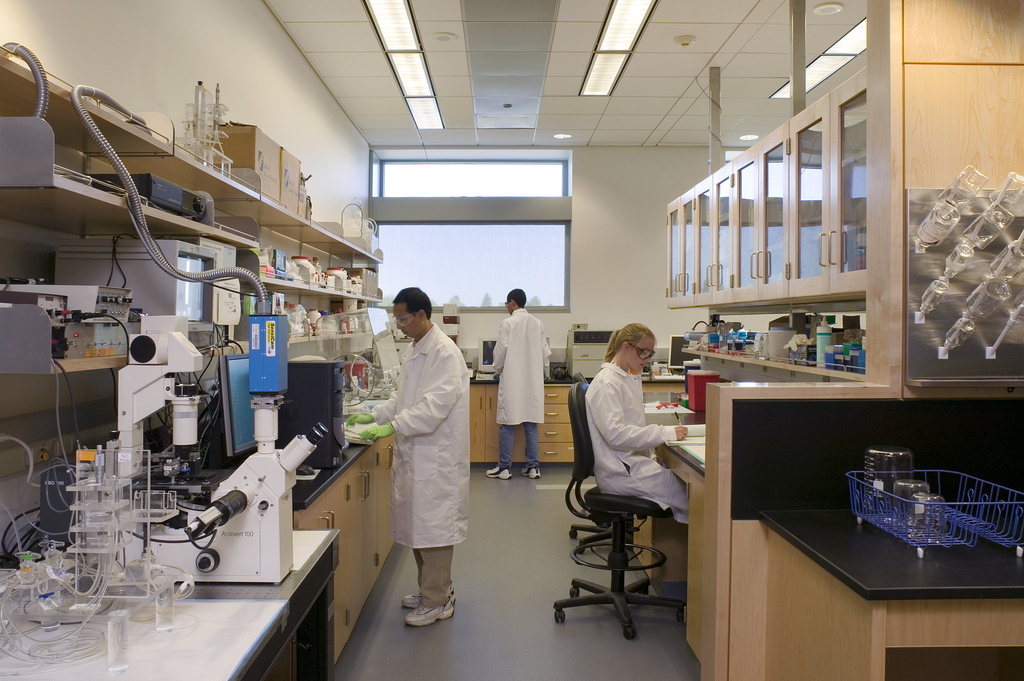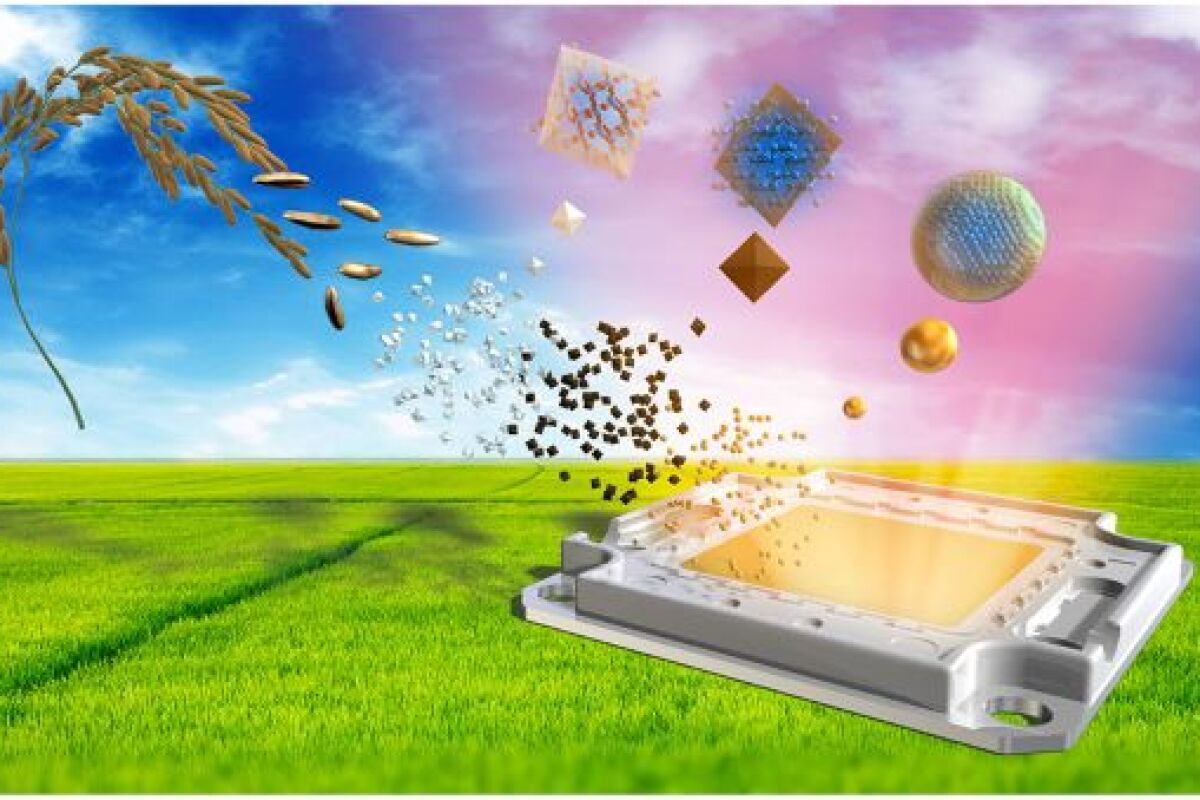Researchers from Syracuse University together with counterparts from the Bucknell University have presented what they consider to be a groundbreaking development in the world of shape memory polymers (SMP). These materials are used for special medical applications, where the changing of shapes upon exposure to body heat or UV light is particularly helpful. As much as these shape-change inducing elements may seem to be readily available in medical applications, this is not always the case, and they often don’t allow for ultimate levels of precision, something that is imperative in a host of surgical scenarios.
These practical limitations are about to get lifted by the fact that the newly developed SMP material features a particular enzymatic sensitivity, allowing it to directly respond to cell behavior. This means that items such as cardiovascular stents or special types of healing aids can respond to the healing process and change their shape according to the cells’ enzymatic response. This works as expected because the researchers have developed the new SMP material to be compatible with the enzymes found in the living cells of the human body, while it requires no other additional triggering elements.
As the Ph.D. in biomedical engineering candidate, Shelby L. Buffington explained: “The enzymatic sensitivity of the material allows it to respond directly to cell behavior. For instance, you could place it over a wound, and as the tissue remodeled and degraded it, the SMP would slowly pull the wound closed. It could be adapted to play a role in treating infections and cancer by adjusting the material’s chemistry.”
The particular material is actually the combination of two distinct polymer solutions that are pumped out of two needle tips and placed onto a fiber polymer mat. During the process, the engineers apply a high-voltage current so as the polymer







